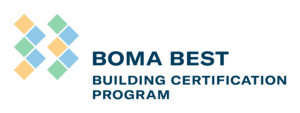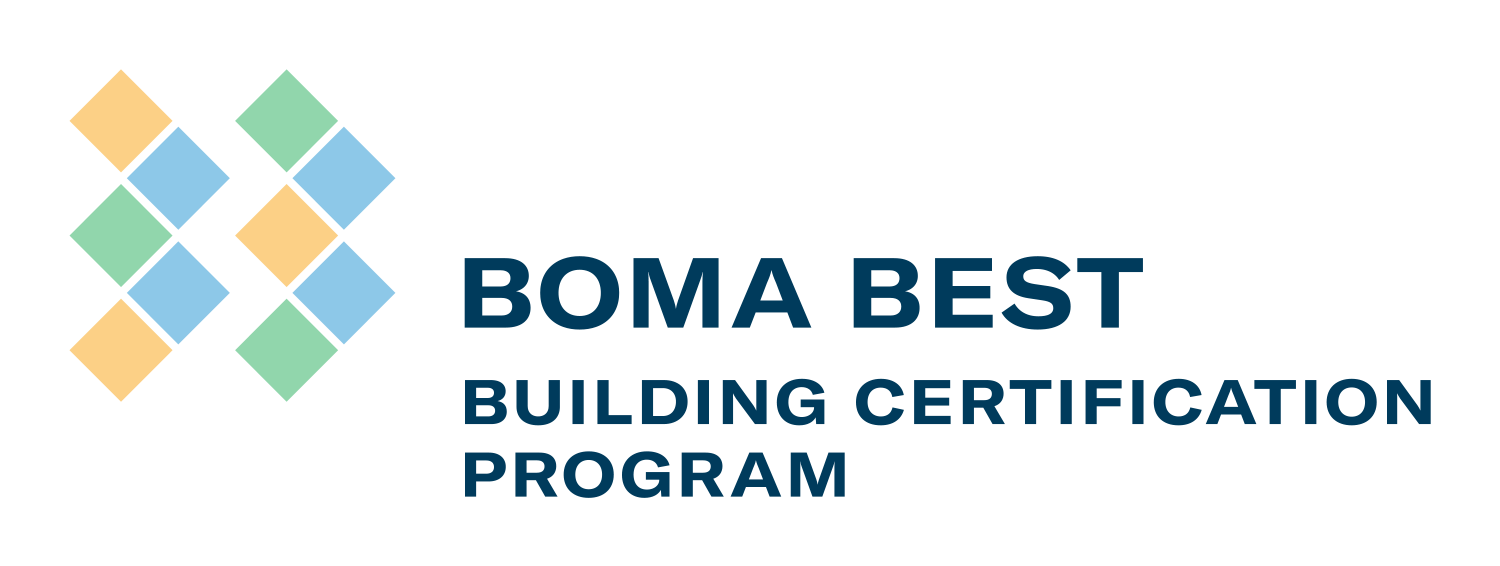Tariffs: the word alone is crossing everyone’s news feeds at least a dozen times a day. To say it’s dramatically impacting global trade dynamics would be an understatement. The global supply chain, which has only just recovered from COVID, is in for another rough ride. Every industry, including commercial real estate, is pressured to adapt. Supply chain issues are escalating material costs, which directly impact capital plans, operational budgets, and tenant retention. Existing buildings are particularly vulnerable due to aging infrastructure and reliance on imported systems.
But disruption creates opportunity.
Now is the time to leverage technology and lean into a data-informed strategy that
could mitigate tariff exposure and enhance asset performance. If done
thoughtfully, these strategies could lead to a smarter, more resilient building
management.
Here are 10 tactics that can be used to strengthen portfolios against tariff-
related risks:
1. Extend Equipment Life Through Proactive Maintenance
Predictive maintenance programs using smart sensors and IoT tools will reduce
unexpected system failures and defer costly replacements impacted by material
tariffs.
2. Source Local
Prioritize locally sourced vendors, building materials, and components to reduce
reliance on imported goods that are subject to pricing volatility.
3. Retrofit in Stages
Use phased capital planning to target the highest-ROI upgrades first. This
approach improves risk management while controlling cash flow in an inflationary
environment.
4. Optimize Energy Performance
Invest in high-efficiency systems (e.g., VFDs, LED retrofits, smart controls) to
reduce operating costs and decrease dependence on tariff-impacted energy
infrastructure.
5. Leverage Green Certification Frameworks That Offer Broader Benefits
Look for programs that go beyond certifications but also act as performance
management tools – prioritizing upgrades, identifying savings opportunities, and
tracking progress across portfolios over time.
6. Build Long-Term Vendor Partnerships
Establish multi-year contracts with reliable local vendors to lock in pricing, ensure
service continuity, and lessen risks tied to material shortages and lead times.
7. Focus on Adaptive Reuse and Repurposing
Incorporate circular economy principles by refurbishing, retrofitting, and reusing
existing components—minimizing both waste and capital outlay.
8. Apply for Rebates and Green Incentives
Leverage utility and government programs (e.g., NRCan, Enbridge, Hydro Québec)
and retrofit-focused initiatives like BOMA Enspire to offset capital costs.
9. Prioritize Digital and Low-Capital Solutions
Deploy smart technologies such as building automation, fault detection, and
energy dashboards. These offer measurable ROI without heavy material
dependencies.
10. Adjust Risk and Capital Planning Models
Build contingency budgets that consider tariff and supply chain risks in any asset
management strategies.
These strategies are designed to protect against rising costs and build long-term
resilience and efficiency and add value to your real estate portfolio.


